Castling too Early – Is it Good or Bad?
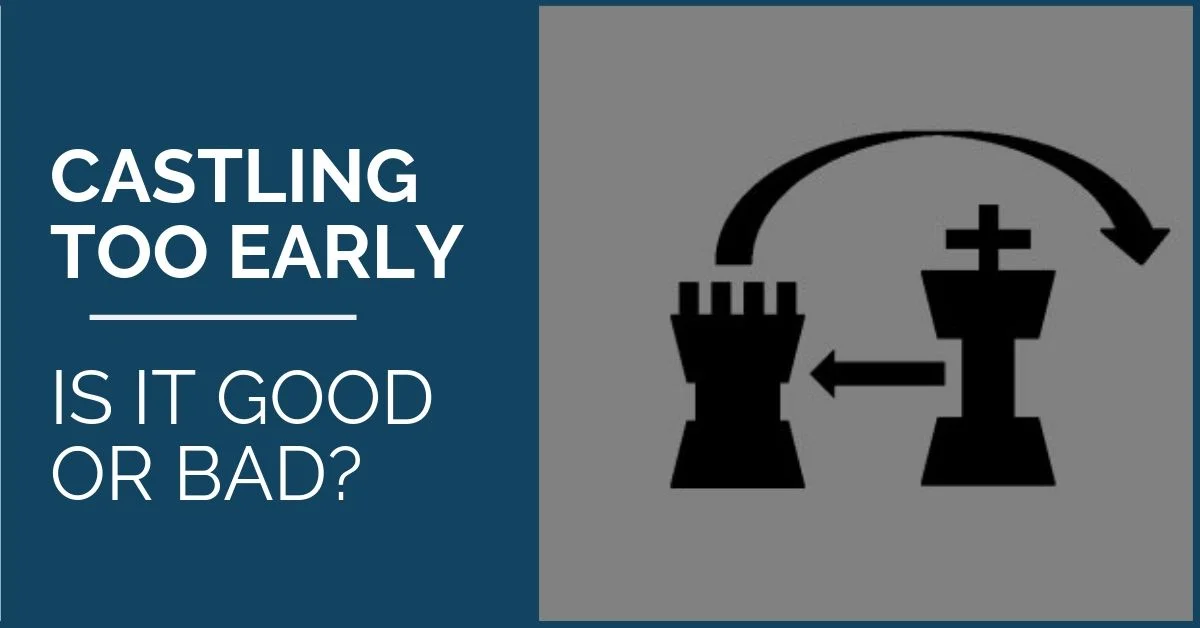
It is never a good idea to disobey chess principles. Although we live in modern days, where the powerful engines have taught us that in chess the principles or “rules” are not always mandatory, for a human it’s helpful to have an understandable guide on how to play the opening phase.
Therefore, the principles are useful, shortlist of to-do things. Fight for the center, develop your pieces and secure your king by castling. However, sometimes this can get you into trouble without even noticing it.
The main problem is that once you’ve castled you are first to show your cards and sometimes your opponent is able to begin an attack against your king, already committed to his new place. In this article, we will deal with this subject and next you will find explained examples of this theme.
The first example is one of my own games against the Grandmaster from Georgia Alexandre Dgebuadze. I didn’t play the opening particularly well and after just 10 moves we arrived in the following position:
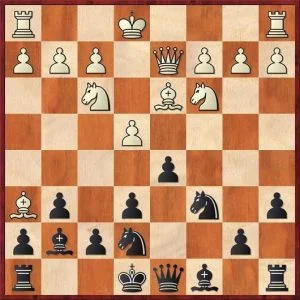
Dgebuadze,A – Castellanos,R
Madrid 2008
Black to Play
Black is clearly under pressure.
The dark squares look potentially weak after the imminent trade of the dark-squared bishop. Certainly an important moment in the game. In the game black was naïve enough to think that castling would be fine, underestimating the chances of white for a direct attack along with the H-file.
See how quickly things turned bad for the second player here:
Game 1: Castling too Early
A common example of this theme is often seen in the London System after the moves:
1.d4 Nf6 2.Nf3 d5 3.Bf4 e6 4.e3 Be7 5.Nbd2 0-0?!
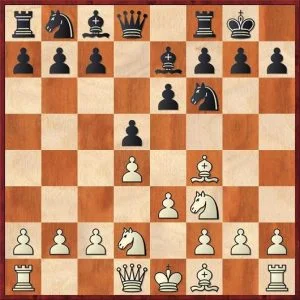
Bernstein, S – Stahlberg,G
Zurich 1934
Position after 5…0-0
In the diagram above black has just castled and although it is not a deadly mistake, it gives white excellent chances for an attack against the black king. It would have been better, to begin with, c5 or b6, Bb7 as in the game, but keeping the king in the center until white defines first what he is going to do with his own king.
A few moves later White had already developed a very dangerous attack and even though black could have put up better resistance, I do not recommend playing like this.
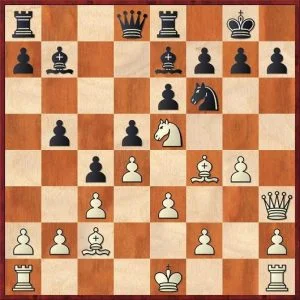
Position after 14.g4
See the full game here:
Game 2: Castling too Early
There is no general rule about this except that one has to be careful at the time we make such an important decision in the opening. Every position has its own characteristics and we must evaluate well the possible dangers when castling before our opponent does.
A great, instructive example played at top level happened between two strong Ukranian players, with Ruslan Ponomariov as white and Alexander Areschenko as black:
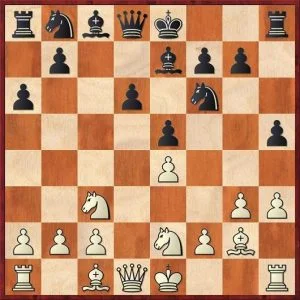
Ponomariov,R – Arechenko,A
Lvov 2014
Black to play
In the position of the diagram above black played 9…0-0N which was also a novelty at the time. Had white been an inexperienced player, he would have also castled and the game would have continued with another characteristic.
However, Ponomariov started to make improving moves, such as 10.Be3 and 11.a4, developing and restricting the opponent’s play. It may seem routine to the eye of the club player but Ponomariov had already noticed a powerful idea – the rupture with g3-g4 could be very dangerous for black.
Even if white loses a pawn, the H file open would provide more than enough play for this minimum investment. Ponomariov went on to win the game in brilliant fashion, see it here:
Game 3: Castling too Early
We hope you have enjoyed this article and learned more about the subtleties in the opening. Some decisions have no turn back. Feel free to share and comment!



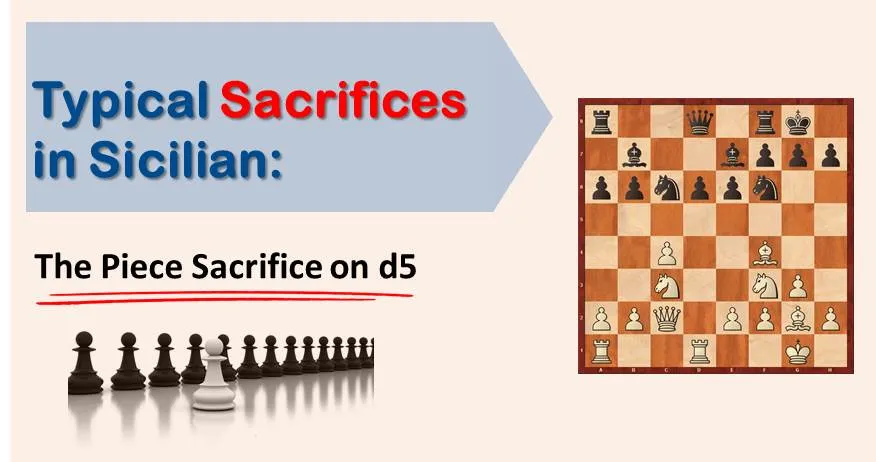
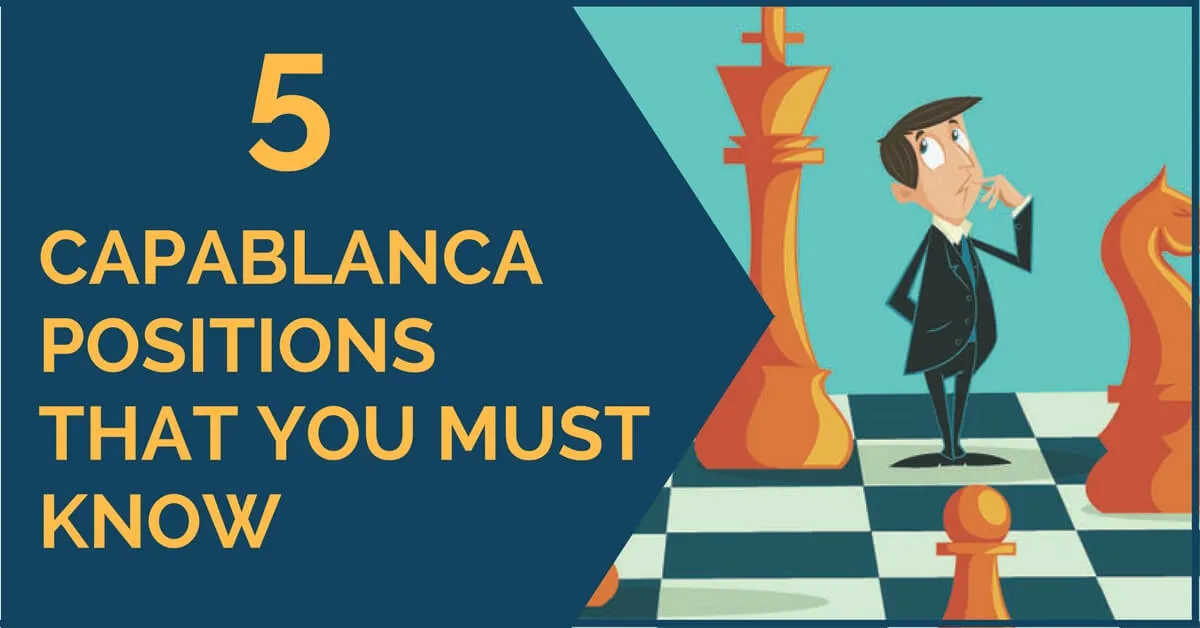
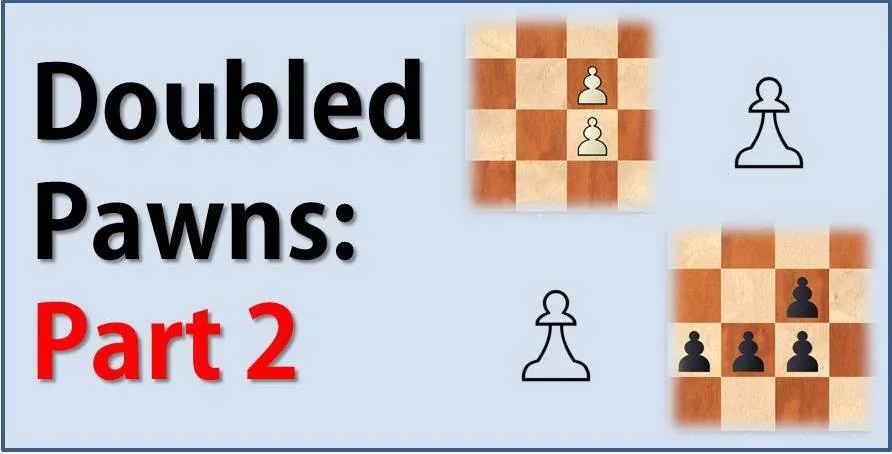




Comments: